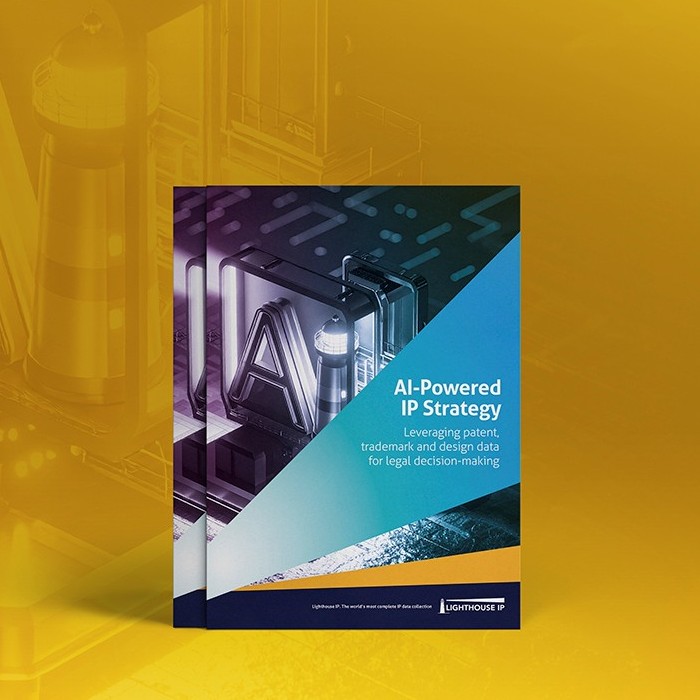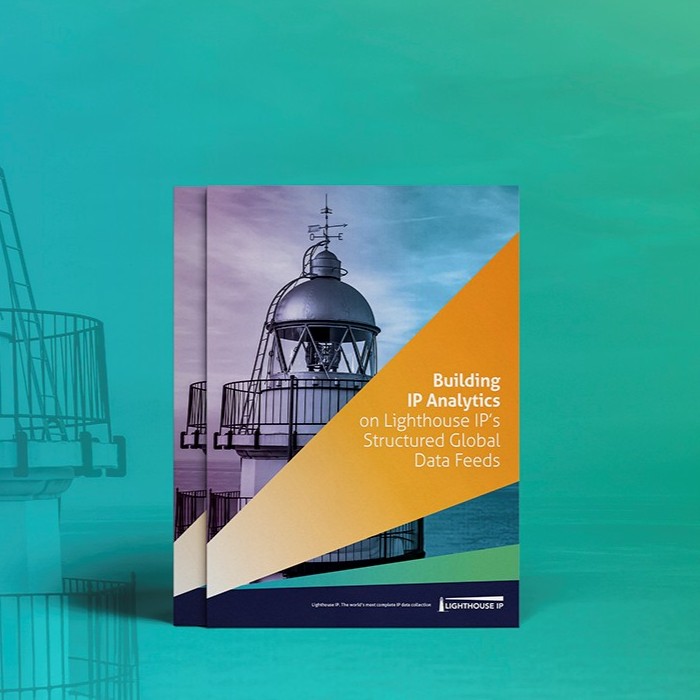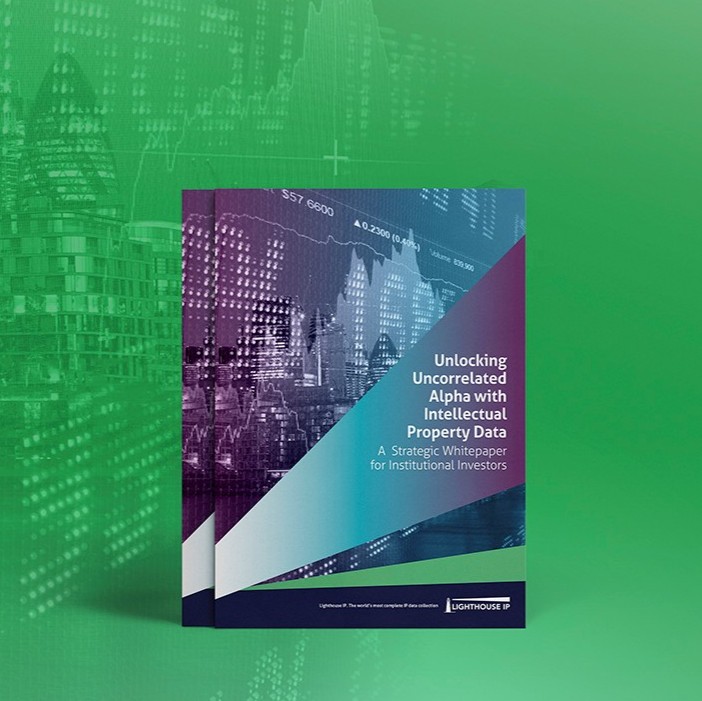How to Buy Data:
What Every Company Should Know Before Signing the Dealby Willem Geert Lagemaat - CCO Lighthouse IP
Buying Data ≠ Buying Software
Software has versions, updates, and user seats. Data has lineage, licensing limits, and lifecycle relevance. When companies approach data like a product off the shelf, they’re often surprised. You’re not buying a tool – you’re buying intelligence. And intelligence behaves differently.
Especially with IP data like what we provide at Lighthouse IP, you must think in terms of integration, maintenance, and long-term use. Buying data isn’t a checkbox – it’s a step toward strategic clarity.
Plan First
It sounds obvious, but too many companies skip this step. Before you sign anything, map out your use case. Are you analyzing patent landscapes? Monitoring competitor activity? Enhancing IP intelligence platforms? Powering search tools or alert services? Building proprietary datasets for internal R&D or legal teams?
Your answers determine:
- What data you need
- In what format
- With what update frequency
- Under what rights
Clarity here saves months of rework later.
One Dataset, Many Price Tags
At Lighthouse IP, we’ve seen it all: flat fees for static backfiles, pricing by volume, country, even user count. Some providers charge by API call, others bundle support and maintenance.
The same dataset can be priced a dozen different ways. Pay close attention to what’s actually included: How many countries are covered? Are full-text records provided, or just bibliographic data? What is the depth of historical coverage? What happens if you expand your usage — add more markets, more data fields, or more users?
A deal that looks attractive on paper can turn out to be incomplete in practice. Understanding exactly what you’re getting — and where potential gaps may appear — is critical before you commit.
Licensing: Know your Rights
Licensing terms vary widely — and understanding them is essential. Is your license perpetual or limited to a set time period? Are you allowed to enrich the data or share it with other teams or systems? Can you redistribute it externally?
Lack of clarity can cause unexpected restrictions or legal risk down the road. Make sure you fully understand your rights and limitations — especially if your intended use spans multiple teams, countries, or platforms. Ask questions upfront, and get everything in writing.
What Good Data Looks Like
High-quality data is current, complete, and well-documented. That means:
- Knowing its origin
- Understanding update frequency
- Tracking changes
Ask about provenance, update lags, and data health checks. Because poor data doesn’t just cause errors – it undermines trust.
Compliance Matters (a Lot)
Especially in IP, compliance isn’t just GDPR. It includes:
- Jurisdictional constraints
- Source legality
- Third-party rights
- Auditability
Common Pitfalls in Buying Data
It’s easy to underestimate how much variation exists in IP data quality. We’ve seen companies encounter datasets that were:
- Messy or poorly structured
- Incomplete or missing key fields
- Offering very limited records for some jurisdictions
- Lacking version control or clear update history
- Restricted by unclear or overly limiting license terms
Another common pitfall: assuming a data feed will “just plug in”. Always test the data, ask for samples, and run a technical proof of concept before making any commitment.
Testing Data for AI and Advanced Use Cases
High-quality IP data is increasingly used to train AI models that power dashboards, search tools, trend analysis, and more. The better and more complete the data, the better the AI performs — producing more accurate insights and more valuable results. Testing the data upfront ensures it will meet your AI training needs.
Here’s how to do it:
- Request a free trial
- Set a clear timeframe for completing your test
- Ensure the sample includes enough records to validate usability
- Confirm support is available during the trial (such as access to a dedicated content specialist)
- Test the data specifically in your AI pipeline or use case (to verify model performance and data compatibility)
Final Thought: Buying Data is Strategic
Working with IP data is your lifeblood — the quality of your insights depends on the quality of your data. Buy the best data you can. The right data shapes how you make decisions, forecast trends, and identify opportunities.
It’s not just about getting access – it’s about what you’ll do with it.
At Lighthouse IP, we help clients not just get data, but get value from it. Because buying data isn’t a checkbox. Analytics live or die on data, so choose a supplier you can count on.
Working with IP data is your lifeblood — the quality of your insights depends on the quality of your data. Buy the best data you can. The right data shapes how you make decisions, forecast trends, and identify opportunities.
It’s not just about getting access – it’s about what you’ll do with it.
At Lighthouse IP, we help clients not just get data, but get value from it. Because buying data isn’t a checkbox. Analytics live or die on data, so choose a supplier you can count on.

About the author Willem Geert Lagemaat - Founder and CCO of Lighthouse IP
In 2006 Willem founded Lighthouse IP, the leading global IP information provider. The company since then has expanded worldwide and has created a unique collection of patent-, trademark- and business related data.


